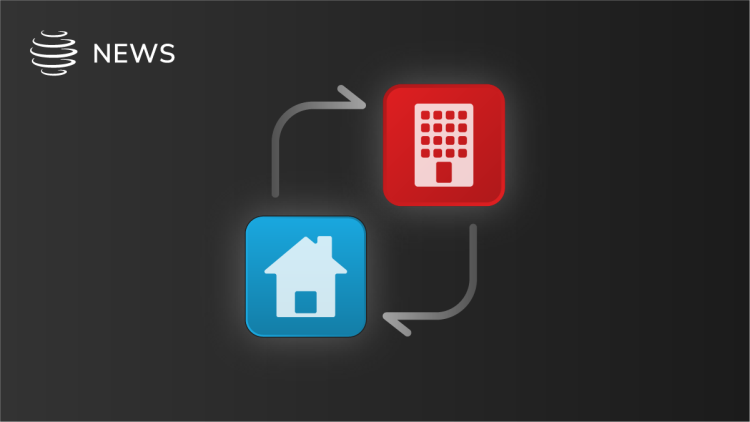2. Preparing for a more polarized employee population
When millions of employees return to the office over the next few months, it will become all too clear that the world as it existed in March 2020 has little in common with the world as it exists today. In the midst of the worst pandemic in a century, we also witnessed the gross injustice of George Floyd’s murder by a police officer followed by a national discussion on race and inequality, the tumultuous 2020 U.S. presidential election and the January 6th insurrection at the U.S. Capitol, and vociferous debates on masking, vaccines, and the government’s role in managing the outbreak of Covid-19.
Prior to this time, for the most part offices tended to be apolitical sterile environments where self-expression was generally modulated. That world has changed, and so must our expectations of working in an office. Employers must be prepared for the fact that Americans are more politically polarized now than at any time in modern history. While no single employer can turn down the political heat that has engulfed the world, they can and should, recognize that every employer has a role to play.
Now is an opportunity for employers to develop policies and training around increasing civility in the workplace. Relatedly, forward-thinking leaders must be cognizant of the fact that the wounds of the last two years are still relatively fresh. And in order to begin the healing process, many of their employees will need access to additional mental health services, along with a supportive and caring manager and work environment.





